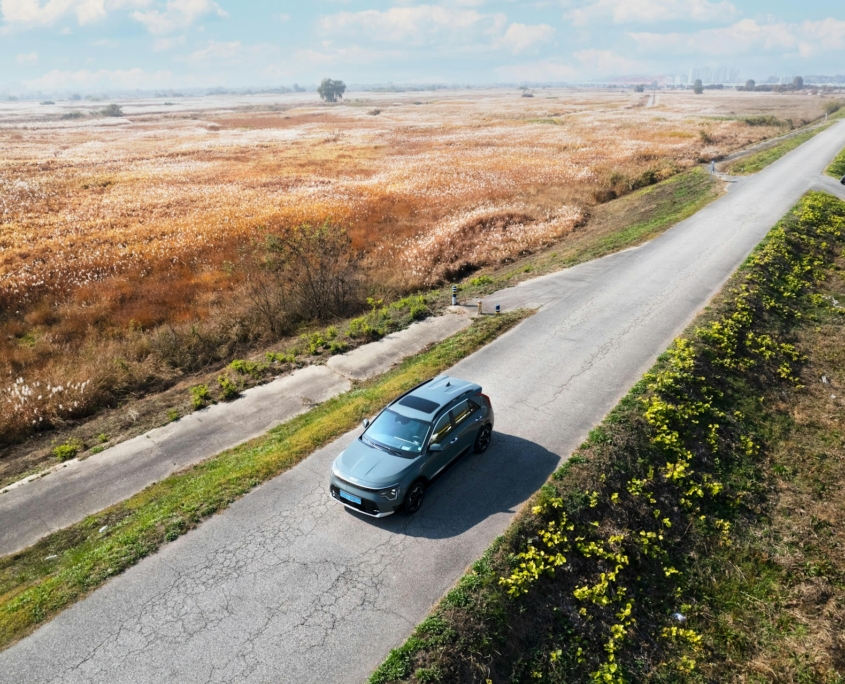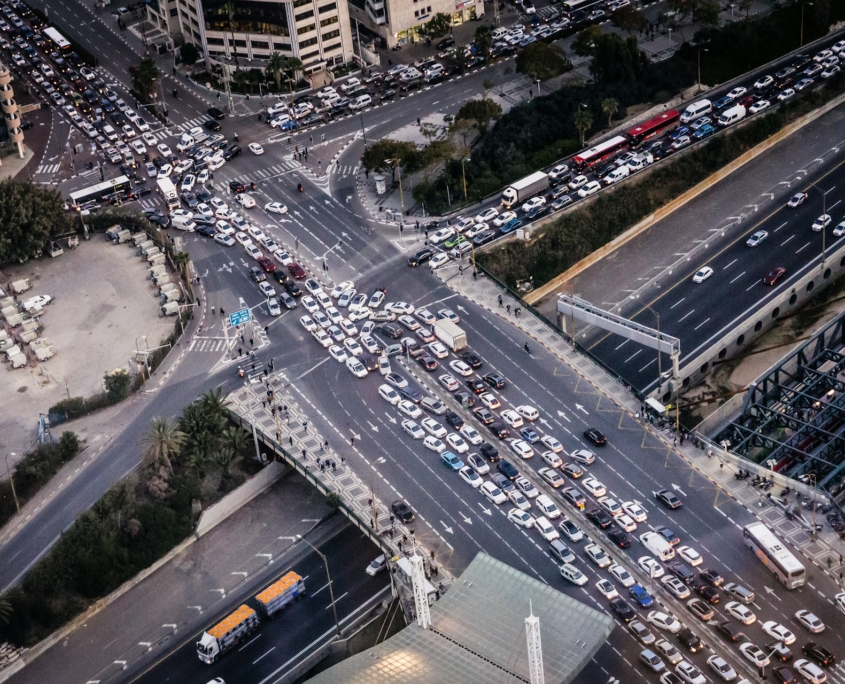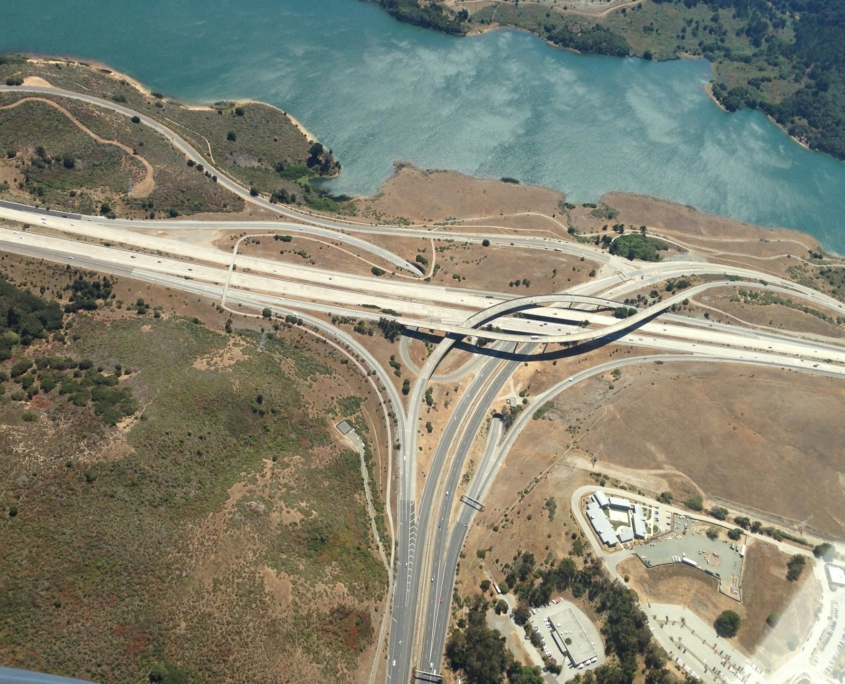I.T. Transport
Safe infrastructure for sustainable development
Safe infrastructure for sustainable development
We look into; Preliminary and detailed technical designs, budget estimates and specifications, modelling, detailed assessments of land use, traffic growth, public transport integration, travel demand management and planning.

At IT Transport, we specialise in Preliminary and Detailed Technical Designs to provide a well-defined roadmap for transportation projects, ensuring infrastructure meets current and future needs. By addressing technical aspects and broader project needs, we ensure transportation projects progress smoothly and efficiently, meeting stakeholder expectations and promoting long-term infrastructure viability.
These designs are crucial for informed decision-making, reducing project risks, and enhancing project efficiency. Preliminary and Detailed Technical Designs offer a structured approach, providing stakeholders with detailed information on alignment, geometry, drainage systems, and material specifications. Our two-stage approach includes Preliminary Design, outlining project concepts and initial cost estimates, and Detailed Design, creating construction drawings and quantity estimations. Beyond technical drawings, we engage stakeholders through public consultation, integrate sustainability principles, and optimise project costs. Investing in comprehensive designs offers reduced project costs, improved delivery timelines, enhanced project quality, and increased project success.

ITT focuses on conducting comprehensive traffic analysis and forecasting to assess current traffic patterns, predict future growth trends, and identify congestion hotspots. Through advanced modelling techniques and traffic simulation software, we evaluate scenarios, assess project impacts, and develop strategies to optimise road capacity and traffic flow. Capacity planning and optimisation are key components of our approach, involving stakeholder collaboration to develop expansion plans, optimise road geometry, and implement traffic management measures. By strategically investing in road infrastructure and improving intersections and traffic control systems, we enhance network efficiency and safety, reducing congestion and travel times.
Traffic growth is a global phenomenon presenting both opportunities and challenges for transportation systems. As populations increase, economies expand, and urbanisation progresses, the demand for transportation services rises, leading to higher volumes of vehicles on road networks. While traffic growth signifies economic vitality, it also brings congestion, safety concerns, environmental impacts, and reduced accessibility. Addressing traffic growth requires comprehensive planning, data-driven analysis, and innovative strategies to optimise road capacity, improve traffic flow, and enhance overall transportation system efficiency and sustainability.
We also promote multimodal transportation solutions and travel demand management strategies to reduce single-occupancy vehicle reliance, promote sustainable transportation modes, and alleviate road network pressure. By integrating public transport, cycling, and pedestrian infrastructure with road networks, we offer alternatives to driving, reducing congestion, and improving overall mobility and accessibility. Key focus areas include traffic analysis, capacity planning, multimodal integration, safety, and environmental considerations.

Through our expertise in budget estimation, we empower stakeholders to make informed financial decisions, allocate resources efficiently, and ensure successful project delivery within budgetary constraints. Specialising in developing Accurate Budget Estimates, our rigorous approach minimises risk and maximises return on investment for your projects. Our approach to Budget Estimates goes beyond simple cost calculations, incorporating detailed cost breakdown structures, data-driven cost estimation, and contingency planning to mitigate unforeseen circumstances. Unrealistic budget estimates can lead to cost overruns and project delays, but Accurate Budget Estimates offer clear advantages. They provide a solid foundation for project feasibility analysis, facilitate effective cost control measures during construction, and promote transparency and accountability throughout the project lifecycle.
We also address project needs beyond financial calculations, integrating budget estimates with project schedules, conducting risk assessments, and engaging stakeholders transparently. Investing in comprehensive and accurate budget estimates offers substantial benefits, including reduced project costs, enhanced project delivery, increased stakeholder confidence, and the promotion of sustainable infrastructure development.

TDM strategies focus on reducing single-occupancy vehicle trips, advocating alternative transportation modes, and fostering sustainable travel patterns. Using advanced modelling techniques and scenario planning, we identify potential bottlenecks and congestion hotspots, guiding decision-making and resource allocation. Collaboration with stakeholders is integral as we develop strategic TDM plans and policies aligned with local priorities and objectives, fostering consensus-building and public outreach. Collaborating closely with stakeholders, including government bodies and community organisations, ensures seamless integration and responsiveness to local needs.
Travel Demand Management (TDM) and Planning are vital for shaping transportation systems to meet societal needs while mitigating negative impacts such as congestion and pollution. Our methodology starts with comprehensive data analysis and forecasting to grasp current travel patterns and anticipate future demand trends. During implementation and monitoring phases, we assist clients in programme design, funding mechanisms, and performance evaluation. Continuously monitoring effectiveness allows for strategy refinement over time, ensuring ongoing improvement and long-term success. Key areas of focus include data analysis, strategic planning, implementation, and stakeholder engagement. We leverage state-of-the-art technologies to promote sustainable travel choices, alleviate congestion, and improve mobility.

Through our expertise in specifications, modelling, and land use assessments, we empower stakeholders to anticipate future needs, optimise resource allocation, and create sustainable and resilient transportation networks. Traditional transportation planning often focuses solely on engineering aspects, potentially leading to projects misaligned with future development. Our integrated approach offers several advantages. Detailed land use assessments inform project specifications, ensuring infrastructure can adapt to anticipated growth patterns and changing transportation needs. By considering land use trends, we promote sustainable development practices like reduced traffic congestion and better integration of public transport. Modelling tools allow us to evaluate the impact of proposed infrastructure on land use and traffic flows, optimising project design and justifying investment. We offer a comprehensive three-pronged approach, including detailed land use assessments, advanced traffic modelling, and specifications tailored to land use. We utilise scenario planning and option analysis to develop multiple project scenarios, facilitate comparative analysis, and engage stakeholders in public consultation. Incorporating sustainable design practices into specifications, such as pedestrian and non-motorised infrastructure integration, promotes alternative transportation modes. Investing in our integrated approach offers significant benefits, including reduced project costs, enhanced project efficiency, improved community liveability, and long-term infrastructure success.

 Cross-cutting issues
Cross-cutting issues